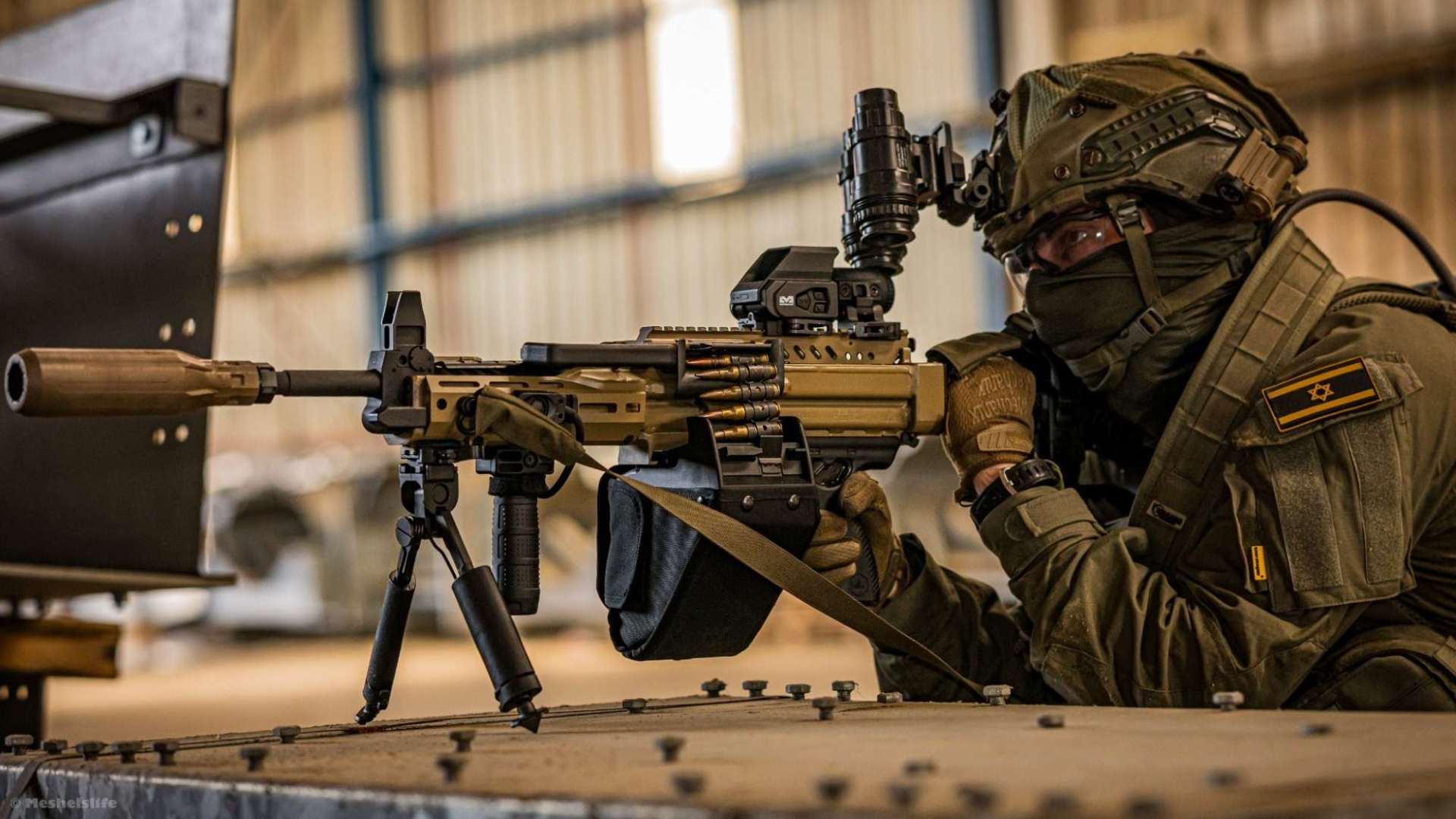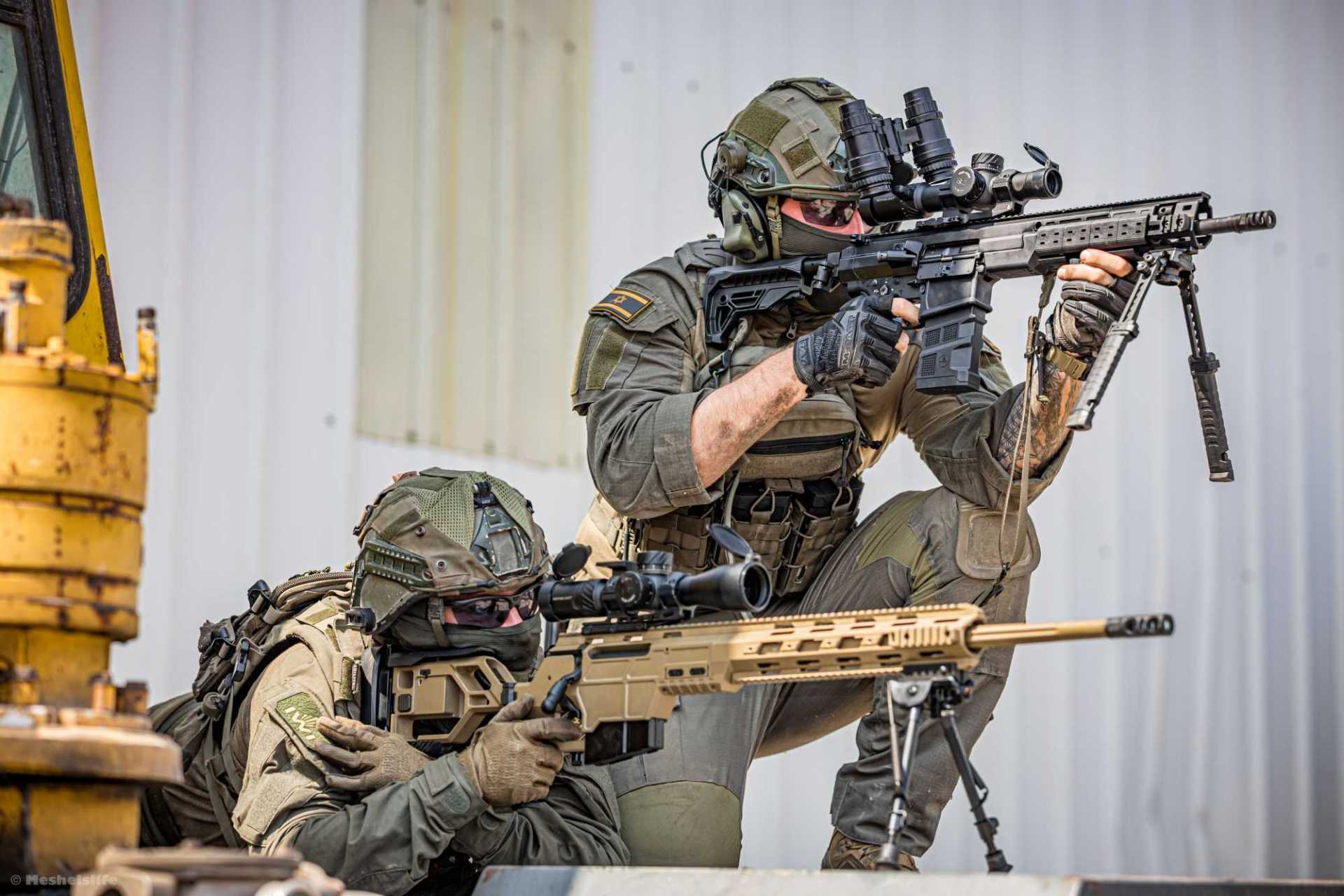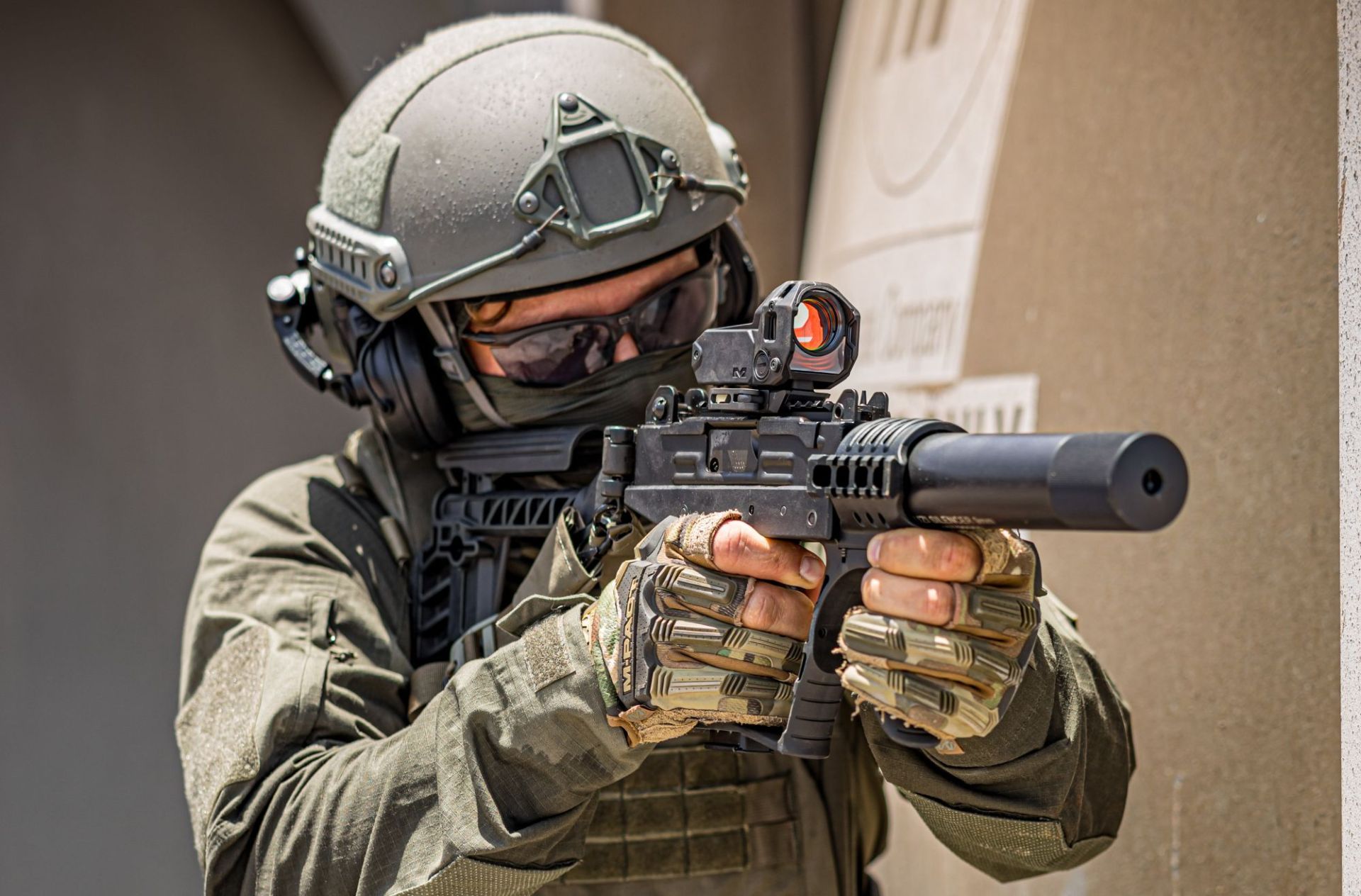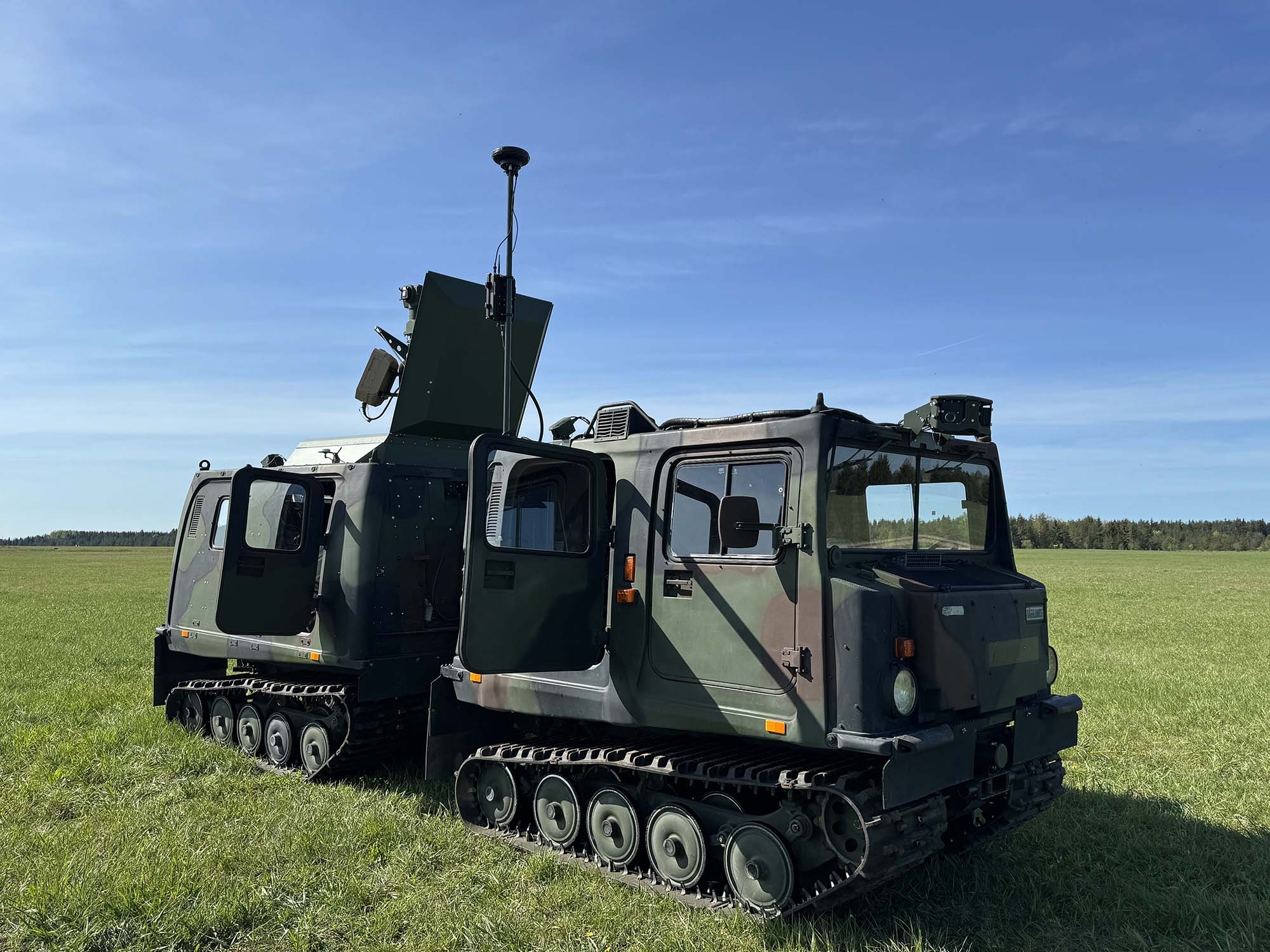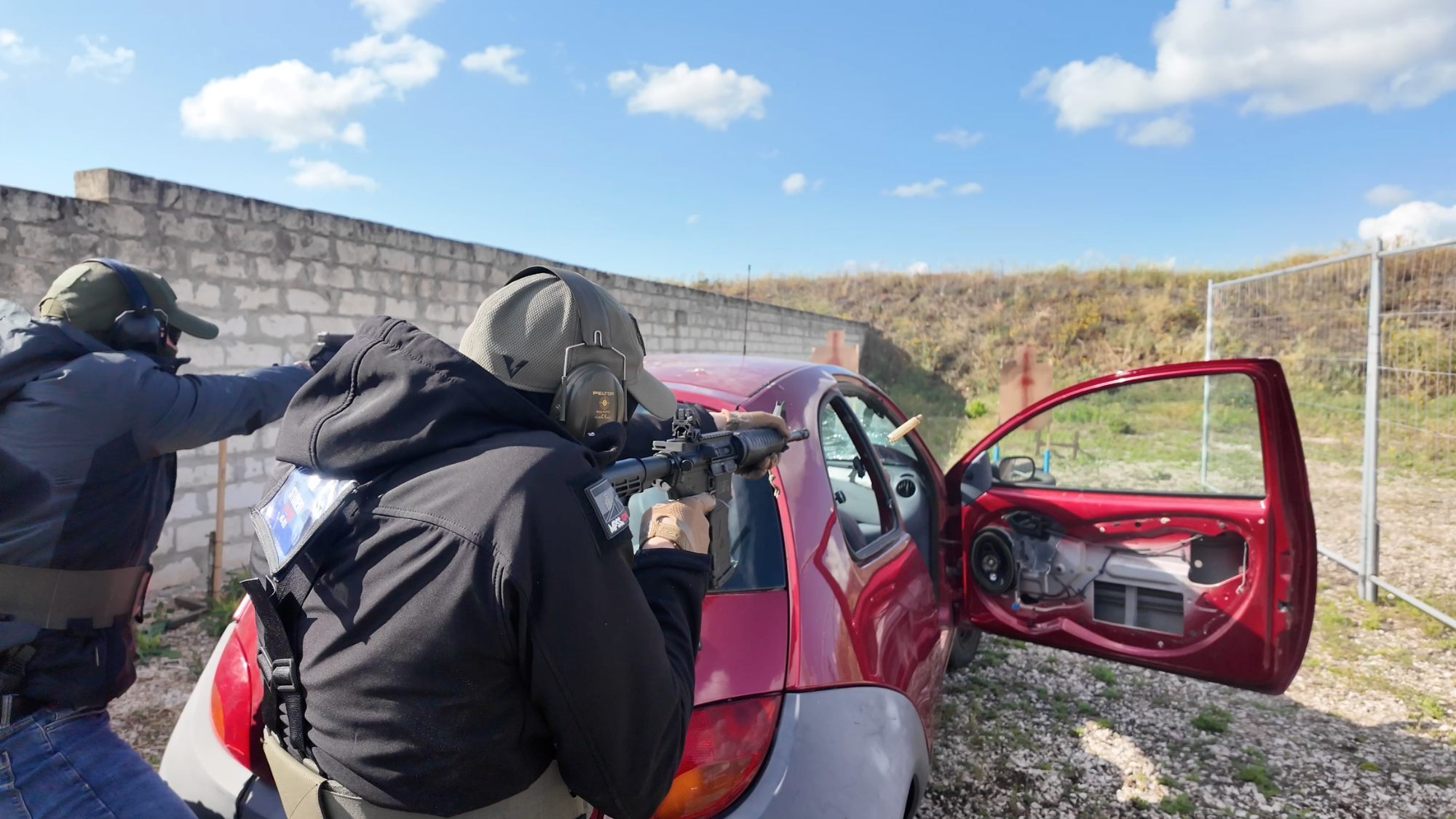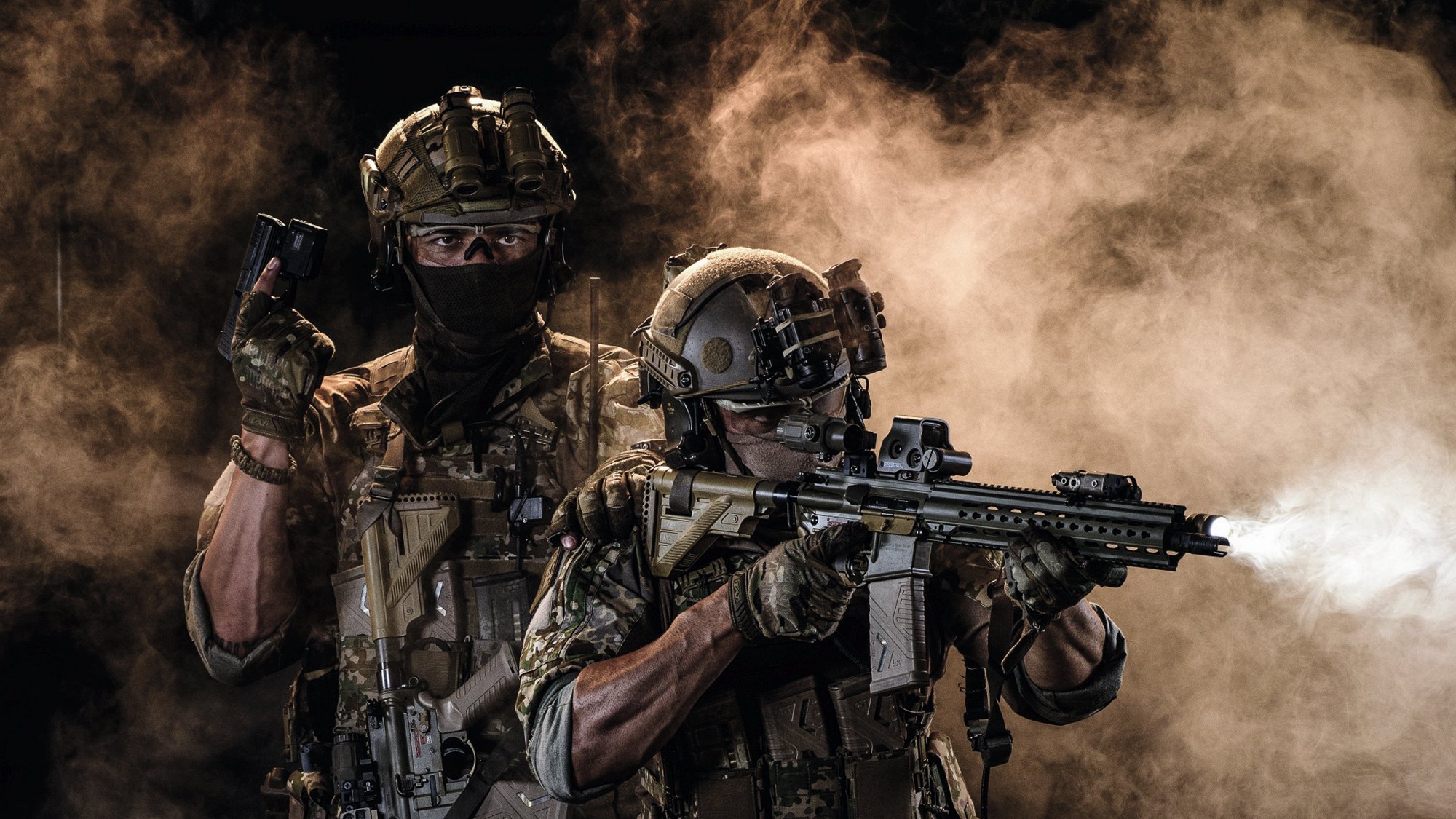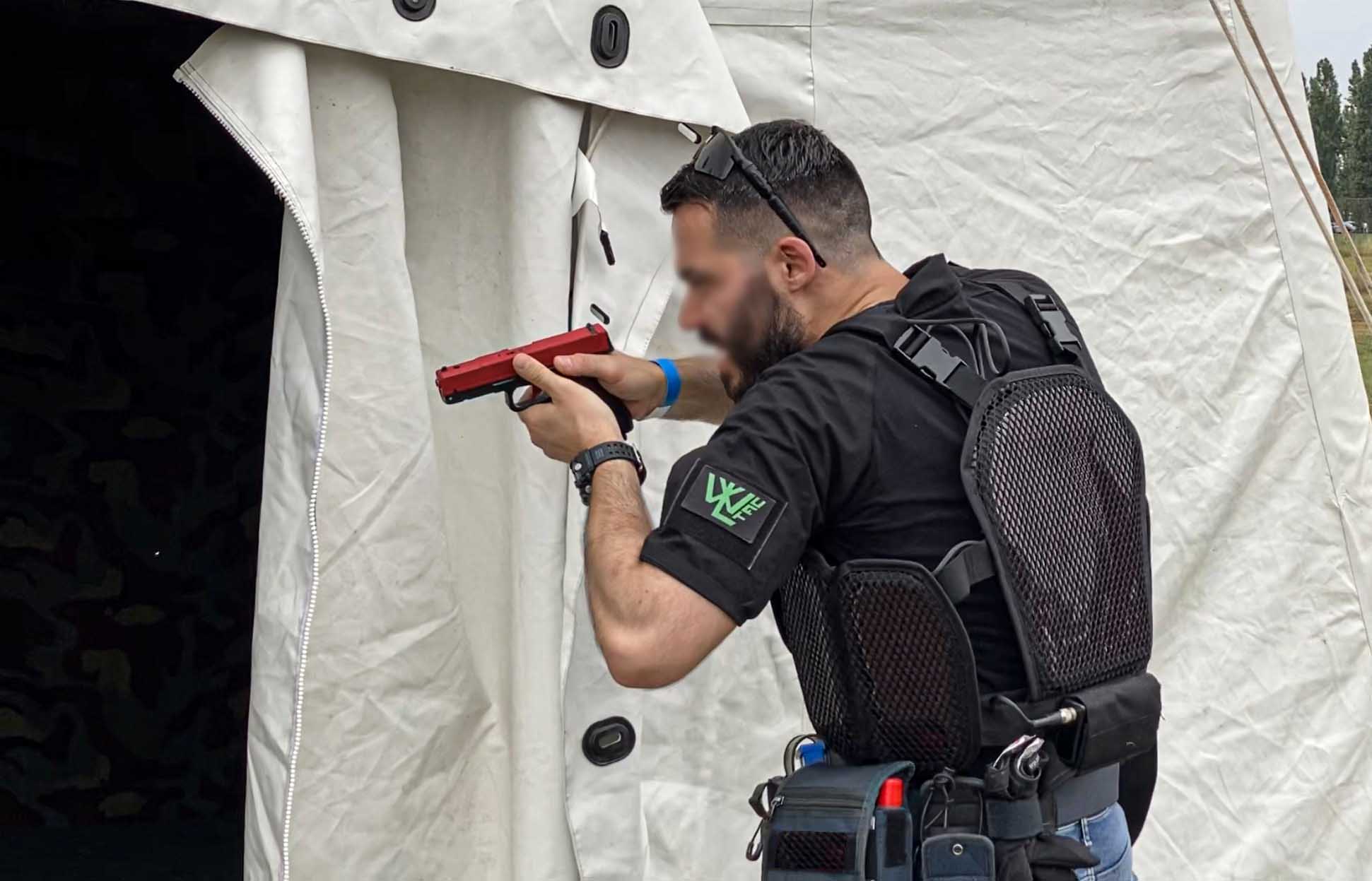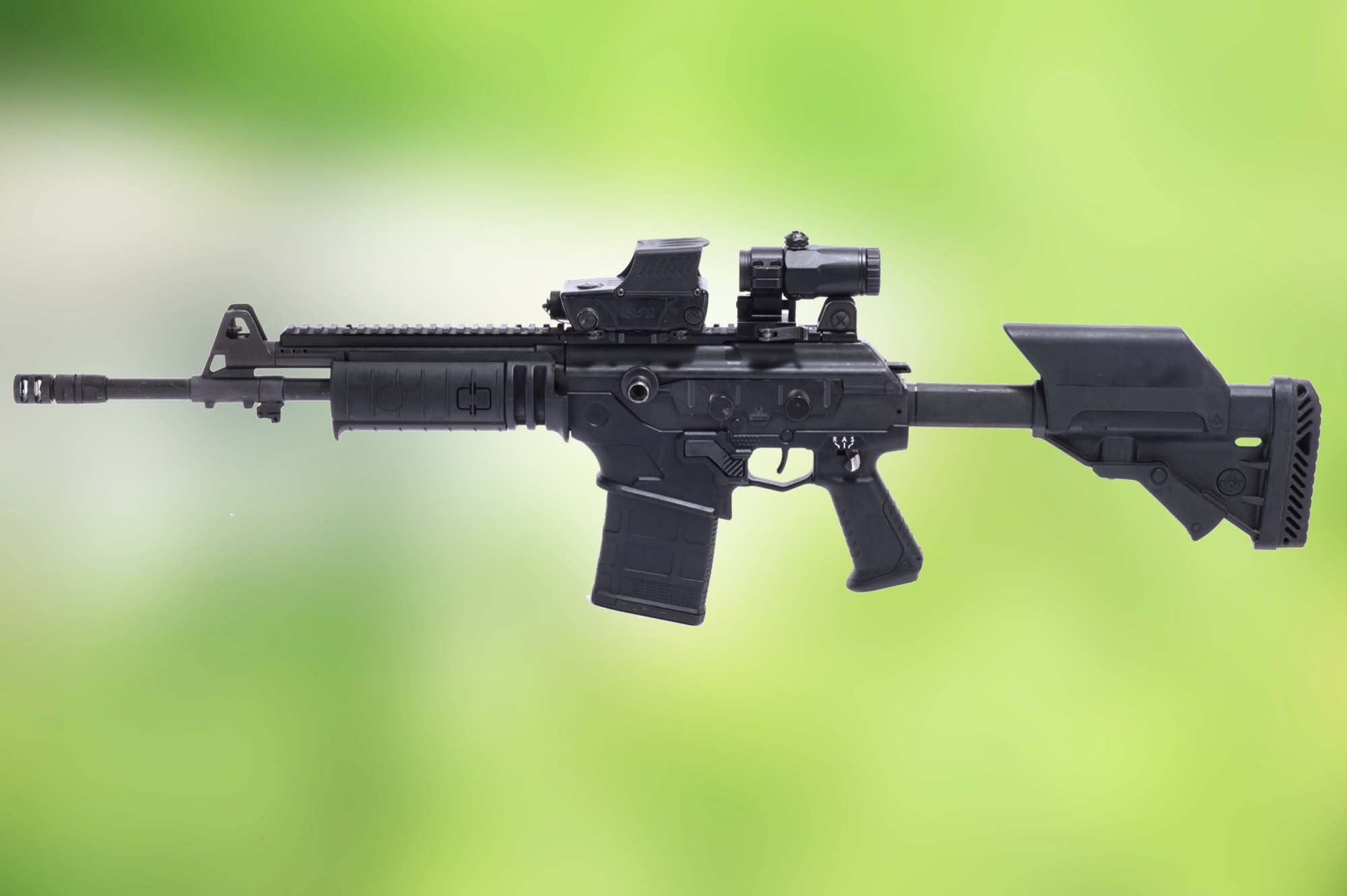Developed by IWI after nine years of design work, the Arbel is the first computerised weapon system based on a complex algorithm that "knows" when the operator is on target and hits it quickly and accurately.
The Arbel system is equipped with an electronic trigger and two electronic units that respectively detect and process data, powered by an integrated battery. With this system, IWI is introducing a new firing mode on its weapons: 'Arbel'. In this mode, all the operator needs to do is to pull the trigger when on the target, keep the trigger pulled, and every time he’s back on target the weapon releases an accurate and lethal shot.
Basically, IWI invented a built-in fire control system that releases the rounds according to the operational scenario. The weapon's integrated power source allows for up to 50 hours when the safety is on "Arbel" mode. Mounted for the time being on the Arad assault rifle and the Negev light machine gun, the Arbel system effectively transforms them into selective precision weapons, enabling the neutralisation of predetermined targets in semi-automatic firing mode. Thus, one can switch from saturation to suppressive fire in an instant.
The Arbel system currently comes in two forms: integrated in the lower receiver of the Arad assault rifle or as an external unit attached to the grip of the Negev machine gun, and consists of an electromechanical trigger and two electronic units that respectively detect and process data, powered by an integrated battery.
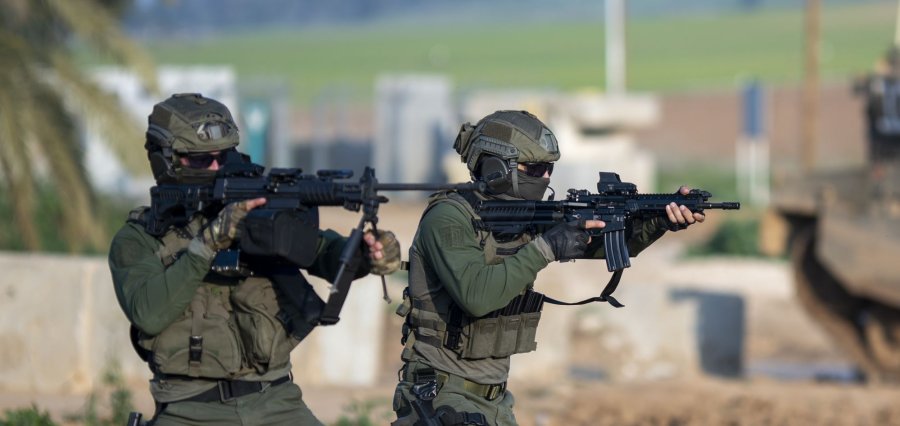
Questions on IWI Arbel
We asked Semion, Director for Europe of IWI and SK Group, a few questions about the Arbel system.
To what weapons is the system adaptable, and how complex is it to install it?
The Arbel system for LMGs is currently available for the IWI Negev family of weapons. It is fully integrated into the weapon’s handgrip, making the upgrade from a “standard” Negev to an Arbel-enabled version as simple as replacing the grip. No further modifications are needed. For AR-15 platforms, including the IWI Arad 5.56/300BLK family and other standard AR-15 rifles, Arbel is integrated into the lower receiver. Upgrading is equally straightforward: swap the lower receiver with one equipped with Arbel, and the rifle is ready for use.
How does the system disengage/re-engage should it take actions contrary to the user's intentions?
The Arbel system neither engage nor disengages targets, nor does it “see” or interpret what the shooter is aiming at. All engagement decisions – and full responsibility for aiming – remain entirely with the user. Instead, the Arbel optimizes the timing of fire to maximize hit probability: on LMGs, it dynamically moderates the rate of automatic fire based on operational context and user input, improving weapon controllability and reducing shot dispersion.
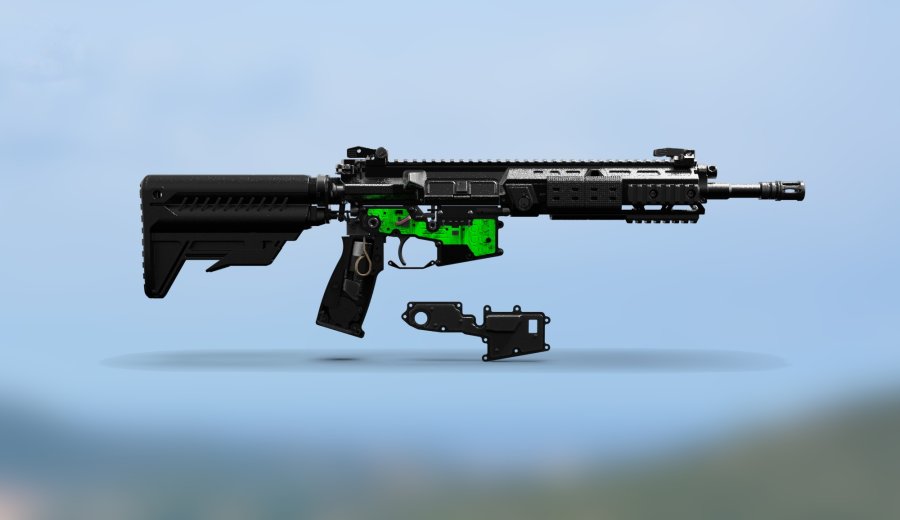
On AR-15s, it analyzes the shooter’s handling and weapon movement to determine the ideal moment to release each round, beginning with the second shot. Arbel activates only while the trigger is held down. The first round is always fired mechanically; only subsequent shots are influenced, never overriding the shooter’s intent, but enhancing precision within the engagement window.
The Arbel system works on the basis of the first shot fired; so the accuracy of subsequent shots depends on the accuracy of the first shot as long as the trigger is held down, is it correct?
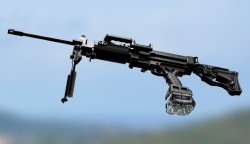
We would like to clarify for your readers that the Arbel does not rely on or assess the accuracy of the first shot, nor does it track, “see”, or “know” the target. Its function is to monitor the weapon’s current movement and identify the optimal timing for follow-up shots.
In the LMG version, the Arbel allows users to adjust their aim during full-auto fire just as they would with conventional automatic firing. The system adjusts the fire rate to enhance control and accuracy.
In the AR configuration, the Arbel uses built-in sensors to detect weapon stability. It analyzes barrel wobble, recoil effects, muscle tension, and other involuntary micro-movements. Even if the first shot is off-target, the shooter can realign the aim, and the system will delay subsequent shots until the weapon regains stability and is back on target.
Ultimately, the shooter retains full responsibility for proper aim and safe engagement – consistent with basic firearms training. Arbel enhances, but does not replace, shooter discipline.
For moving targets, does the system detect the voluntary movement of the weapon, recognizing this movement and then calculating the active area in which it authorizes the firing of the target itself? Is there a limit to the speed of the target?
The Arbel system, specifically in its AR configuration, is designed to differentiate between intentional tracking and involuntary motion. When engaging moving targets, such as drones, it analyzes the weapon’s behavior to distinguish between voluntary, controlled tracking movements and undesirable deviations caused by instability, barrel wobble, recoil, or muscle tension.
By continuously monitoring these factors, the system identifies the precise moments when the weapon is steady and aligned. It then releases rounds only at those optimal moments, improving hit probability without interfering with the shooter’s movement or intent.
There is no predefined limit to the speed of the target. As long as the shooter can track it and keep the weapon aimed while maintaining trigger pressure, Arbel manages the timing of fire for maximum effect.
Arbel system was also considered in anti-drone function, but the drone however does not always have straight movements, it can maneuver; is the system able to recognize the wielding in different directions?
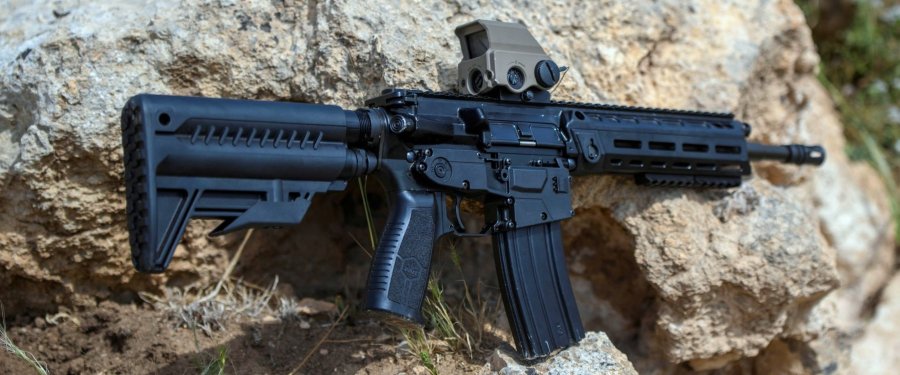
Engaging drones is a particularly challenging marksmanship task. It demands fundamental skills such as steady aiming, understanding bullet trajectory, and stabilizing the weapon, especially under pressure, fatigue, or environmental stress.
The AR configuration of the Arbel system is optimized for these types of scenarios. While it does not recognize or track the drone’s flight path, it continuously evaluates the shooter’s weapon control. It distinguishes between unwanted movements, such as barrel wobble, recoil shifts, and muscle tremors, and intentional actions, including tracking or transitioning between targets. The system fires only when the weapon is stable and properly aimed.
This dramatically reduces the mental and physical load associated with traditional trigger work. The user keeps the trigger pulled, focuses entirely on tracking the drone, and lets Arbel handle the precise timing of each shot. Because of this, the drone’s movement pattern, whether straight or erratic, does not degrade the system’s effectiveness, as long as the shooter maintains proper aim.
Regarding the “cone of lethality,” the Arbel system obviously has a tolerance due to the accuracy of the MEMS-based inertial platform--I assume--used. Is it possible to know what is the optimal engagement distance? Or the average value of the dispersion cone of the system?
The concept of the “cone of fire” primarily applies to the LMGs and the Negev version of the Arbel system.
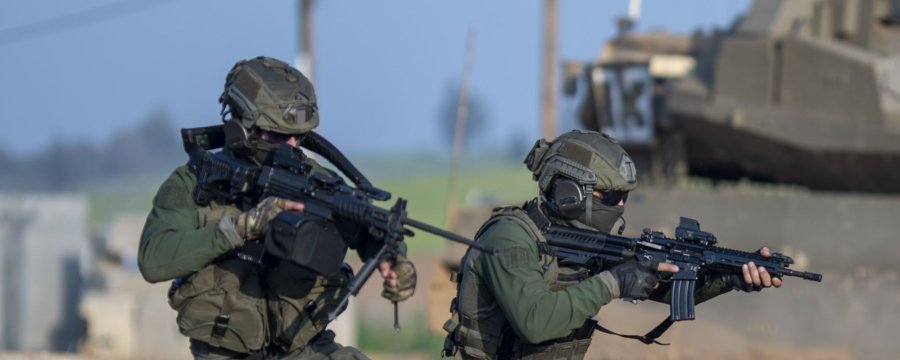
Modern LMGs are designed to deliver high-volume suppressive fire, often at the expense of accuracy. High cyclic rates naturally produce wide shot dispersion, which is why trained gunners are taught to fire short, controlled bursts – typically 3 to 10 rounds – to improve hit consistency.
Arbel transforms this dynamic. By intelligently reducing the rate of automatic fire below what the basic mechanics of the LMG would normally allow, it enables much greater control, significantly tightening the cone of fire and improving round placement.
With Arbel, the gunner no longer needs to manually time short bursts to maintain accuracy. They can hold the trigger while the system ensures that rounds are fired at a cadence that maintains high accuracy and a superior hits-per-second ratio.
We thank Semion for answering our questions. If you would like to learn more about the Arbel system, please visit the IWI website.



